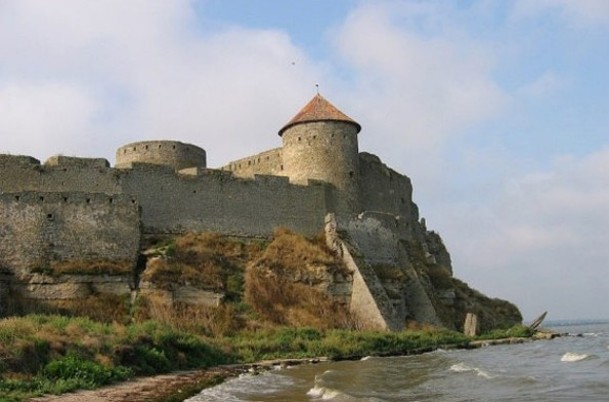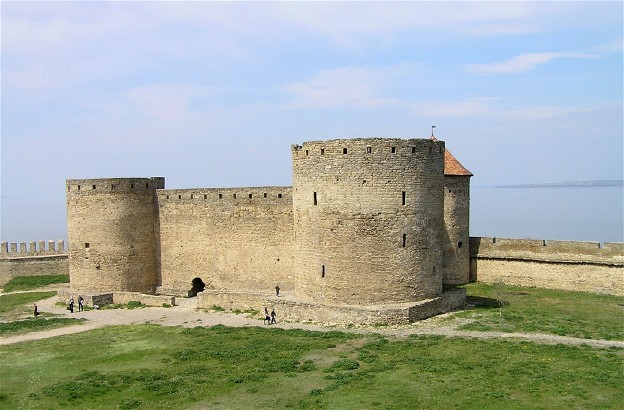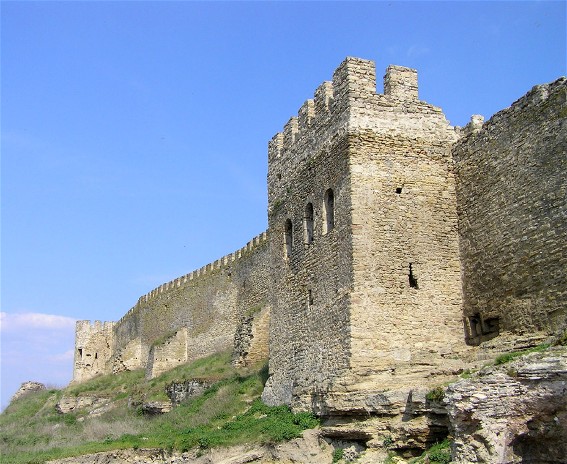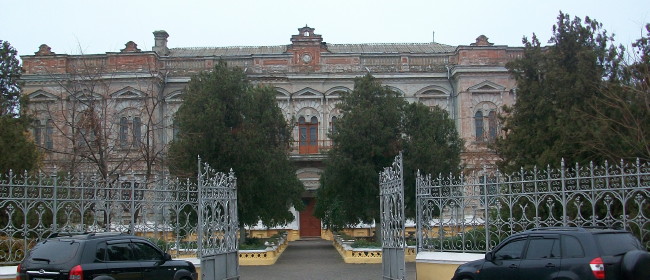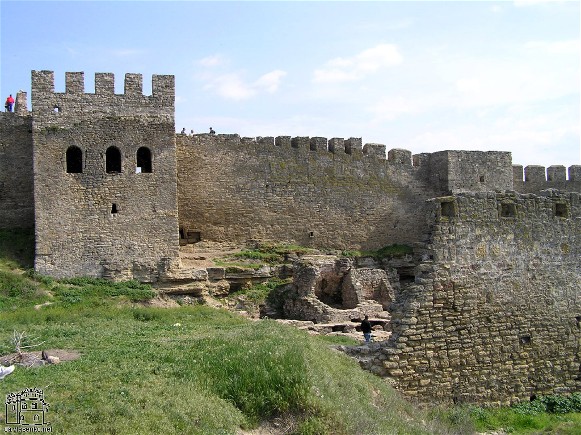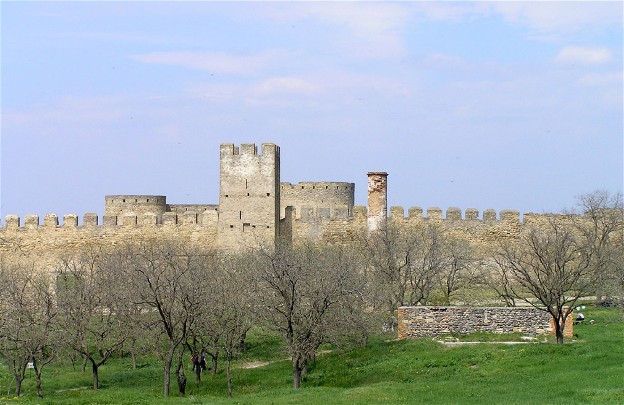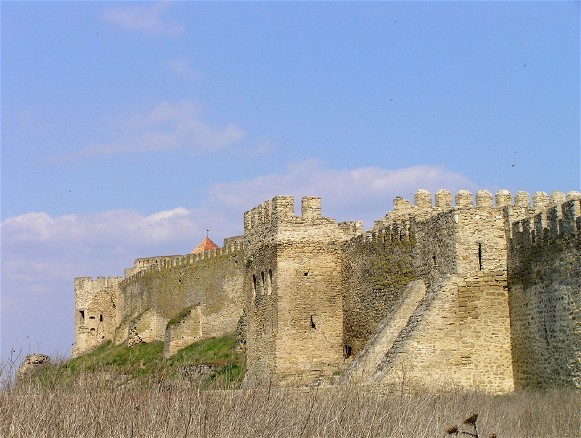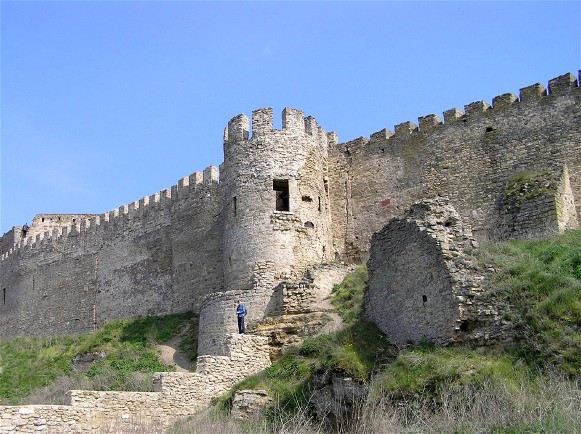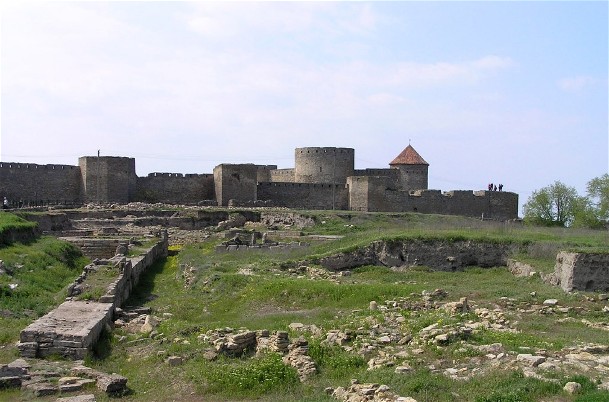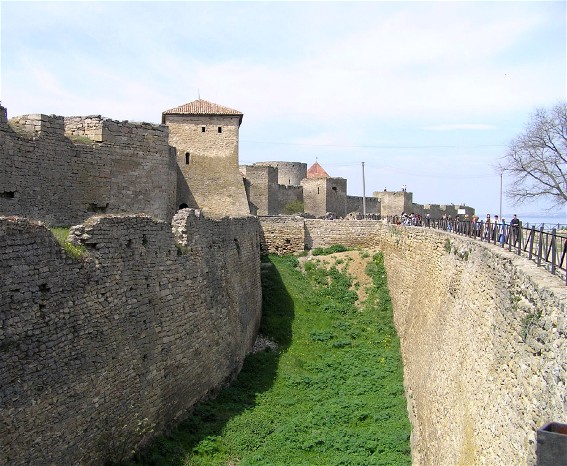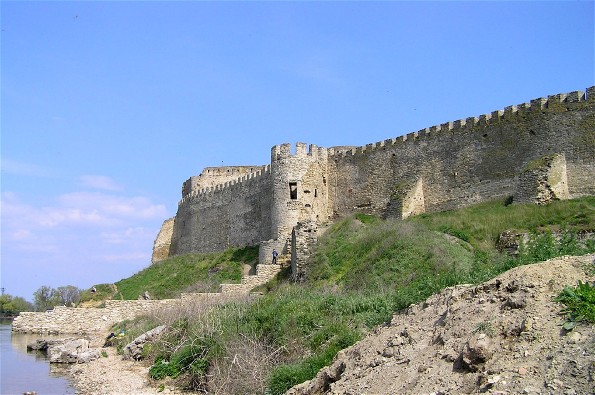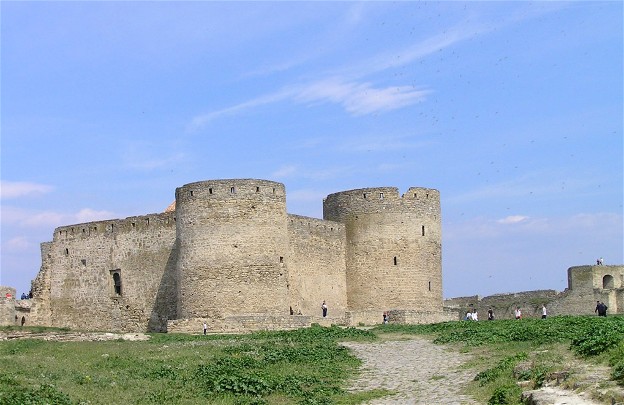Bilhorod-Dnistrovskyi
Bilhorod-Dnistrovskyi [Білгород-Дністровський; Bilhorod-Dnistrovs'kyj]. Map: VII-11. City (2011 pop 50,296) in southern Bessarabia on the right bank of the Dnister Estuary, 18 km from the Black Sea; a raion center in Odesa oblast. In 600 BC this was the site of the Greek colony of Tyras. In the 9th century AD it was a city of the tribes of Tivertsians and Ulychians named Bilhorod; in the 13th century it became part of the Principality of Galicia-Volhynia. In the 14th century it was ruled by the Genoese (and renamed Moncastro), and for a time in the 15th century was part of the Moldavian principality. In 1484 the city was captured by the Turks and in 1503 renamed Akkerman (White Rock); during the 17th and 18th centuries it was the seat of the Bilhorod Horde. In 1812 it came under Russian rule; from 1918 to 1940 it belonged to Romania and was called Cetatea Albă. In 1940 it became part of the USSR; in 1944 it was renamed Bilhorod-Dnistrovskyi. Between the two world wars the city was the center of Ukrainian cultural life in southern Bessarabia. Its region is inhabited by Moldavians, Russians, and Bulgarians, as well as Ukrainians. The city has a food industry, with an affiliate of the fish-canning association Antarktika; and a reinforced-concrete-products, a furniture, and a clothing factory. It also has an ethnographic museum, founded in 1934, which contains among its exhibits archeological finds from the city of Tyras. The city's architectural monuments include the well-preserved castle fortress (built in 1438–54 by Master Fedorko), with 26 turrets, 4 gates, and a citadel whose walls are almost 2 km long, and a restored church built during the 14th and 15th centuries. The city also has a seaport, constructed in 1970.
[This article originally appeared in the Encyclopedia of Ukraine, vol. 1 (1984).]
